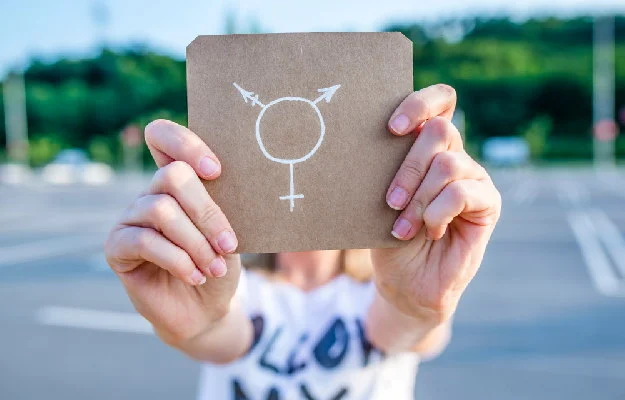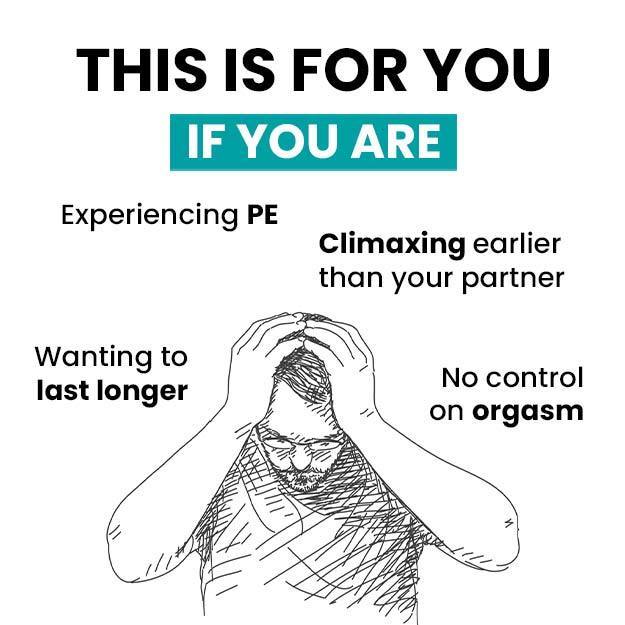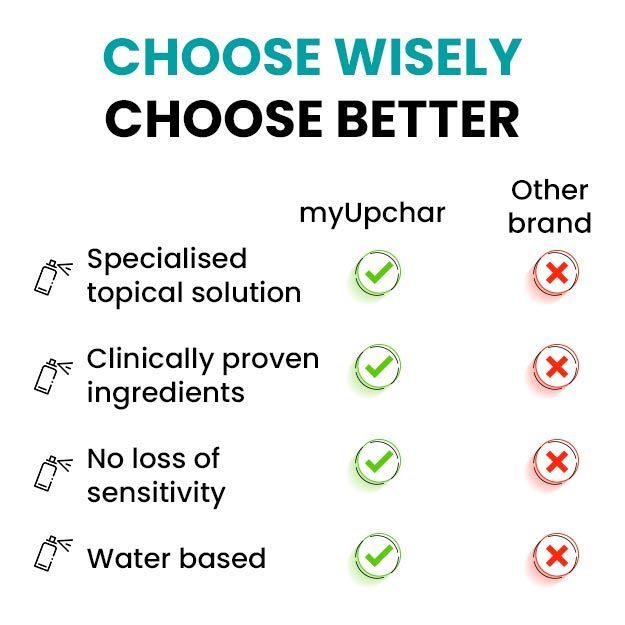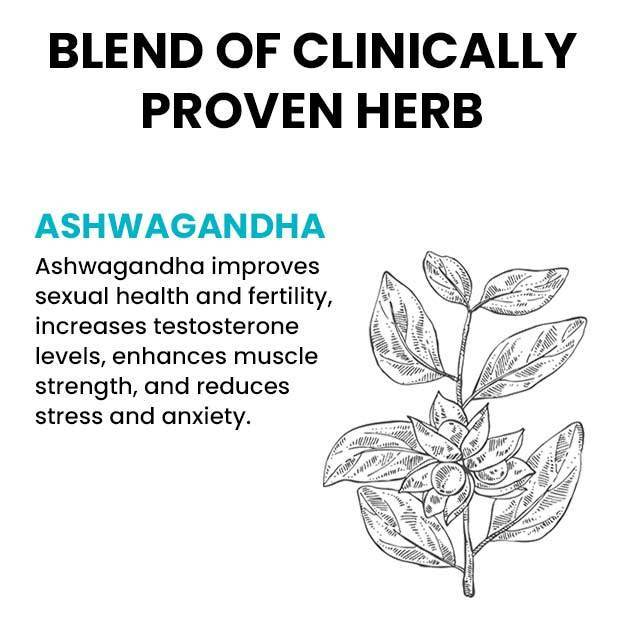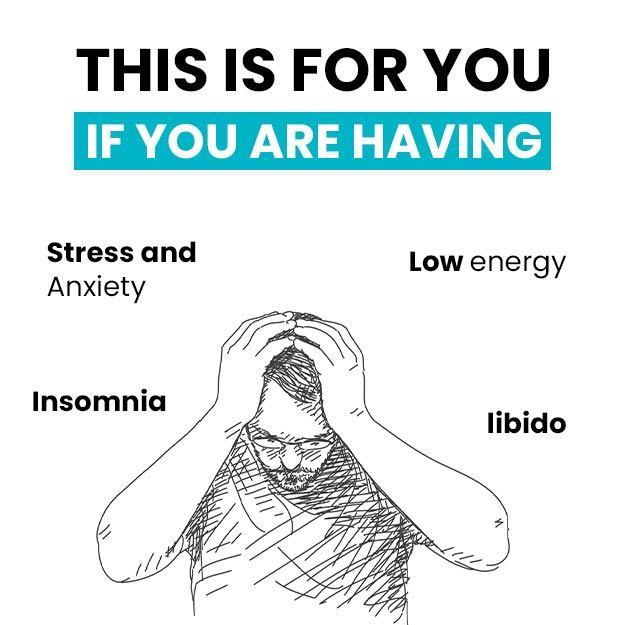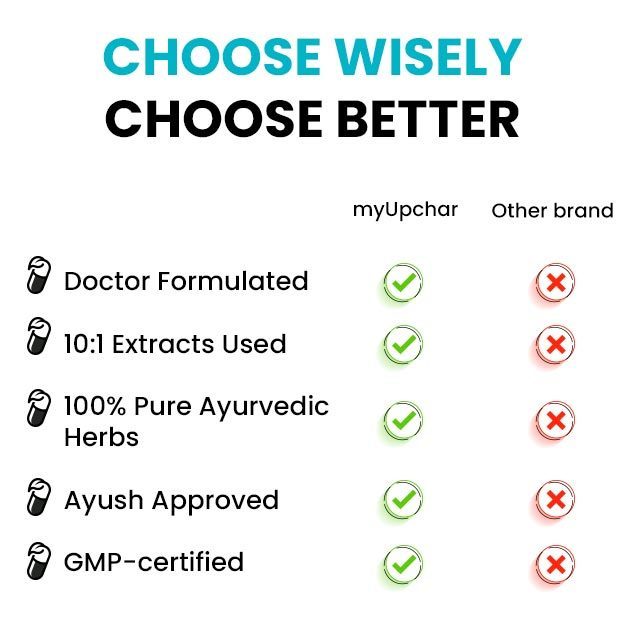A person is considered bisexual when they feel emotional, physical, or sexual attraction toward both men and women. Bisexuality is a completely normal variation of human desire and behavior. It is not a disease and not contagious.
Why is Someone Bisexual?
The exact reason why a person becomes bisexual is not yet fully understood. However, research suggests that a person’s attraction—whether to the opposite sex, the same sex, or both—may be influenced by biological factors that are present before birth.
(Read more – 5 Types of Sexuality)
- What Is The Meaning Of Bisexual?
- What Is The Symbol For Bisexuality?
- Who Designed The Bisexual Flag?
- What Are The Stages Of Bisexuality?
- What is The Kinsey Scale
- Reasons for Being Bisexual
- Signs Of Bisexuality
- Health Issues in Bisexual People
- What to Do If a Loved One is Bisexual?
- Other Sexual Orientations
- What Is Bisexual Vs Pansexual?
- What is LGBTQ+?
- How Common Is Bisexuality In India?
- What is Bisexual women?
- What is Bisexual men?
- Signs Of Bisexuality In Males
- Summary
What Is The Meaning Of Bisexual?
A bisexual person feels physical, emotional, and sexual attraction to people of more than one gender. Simply appreciating or admiring people of different genders does not make someone bisexual. But if someone experiences romantic or sexual relationships with both men and women, they may identify as bisexual.
What Is The Symbol For Bisexuality?
The most recognized symbol for bisexuality is the bisexual pride flag with pink, purple, and blue stripes. Some people also use a symbol combining male (♂) and female (♀) signs overlapping with each other, sometimes including a third element to represent attraction beyond binary genders. These symbols help bisexual individuals express their identity and foster community recognition and visibility.
(Read more –Homosexuality: what is it, modern history)
Who Designed The Bisexual Flag?
The bisexual pride flag was created by Michael Page in 1998. He wanted to give the bisexual community a symbol that was as visible and meaningful as the rainbow flag for the broader LGBTQ+ community. The flag has three colors: pink (representing attraction to the same gender), blue (attraction to the opposite gender), and purple (the blend of both, representing attraction to more than one gender). The design highlights the existence and pride of bisexual individuals within and beyond the LGBTQ+ spectrum.
What Are The Stages Of Bisexuality?
There’s no universal set of stages for bisexuality, but many people go through a personal journey that includes:
- Questioning: Feeling different or curious about your attraction.
- Exploration: Learning about bisexuality and examining your feelings.
- Realization: Accepting that you’re attracted to more than one gender.
- Coming out: Sharing your identity with others (if and when you’re ready).
- Living openly: Embracing and expressing your orientation comfortably.
Everyone’s journey is different, and there’s no right timeline.
What is The Kinsey Scale
Biologist and sex researcher Alfred Kinsey believed that sexual orientation cannot be defined as just black or white—meaning attraction only to the same or opposite sex. He said that sexuality exists on a spectrum and created the Kinsey Scale to represent this.
What is the Kinsey Scale?
In the 1940s, Alfred Kinsey, along with his colleagues Wardell Pomeroy and Clyde Martin, developed the Kinsey Scale. This scale measures a person’s sexual orientation from exclusively heterosexual to exclusively homosexual.
According to the Kinsey Institute, the scale helps recognize that human sexuality is diverse and doesn’t fall into just two categories—heterosexual or homosexual.
How Does the Kinsey Scale Work?
The Kinsey Scale ranges from 0 to 6, with an additional category "X". Each number indicates the degree of sexual attraction and behavior:
- 0 – Exclusively heterosexual (only attracted to the opposite sex)
- 1 – Predominantly heterosexual, with occasional same-sex attraction
- 2 – Mostly heterosexual, but more frequent same-sex attraction
- 3 – Equally attracted to both sexes (considered bisexual)
- 4 – Mostly homosexual, but sometimes attracted to the opposite sex
- 5 – Predominantly homosexual, with occasional heterosexual attraction
- 6 – Exclusively homosexual (only attracted to the same sex)
- X – Asexual (no sexual attraction or interest in sexual activity)
Kinsey and his team tested this scale on a large number of people and found that sexual orientation is more fluid and diverse than often believed.
(Read more – Oral sex: types, methods, benefits)
Reasons for Being Bisexual
The exact reasons why someone is gay, lesbian, or bisexual are not fully known. However, some studies suggest that a person’s sexual orientation—that is, the gender they are emotionally or physically attracted to—may be partially determined by biological factors before birth.
Sexual orientation is not a choice, and it cannot be changed. No therapy, treatment, or external intervention can alter someone’s sexual orientation. Likewise, no one can be “turned” bisexual.
Most people start to understand their sexual preferences during adolescence. Being attracted to someone doesn’t necessarily mean having sexual thoughts; it simply means being able to recognize which gender draws your emotional or romantic interest. In fact, many people say they knew they were gay, lesbian, or bisexual even before puberty.
Sexual orientation is usually established early in life, but a person's desires and attractions can change over time. This natural change is known as sexual fluidity.
(Read more – Sexual anorexia (loss of interest in sex))
Signs Of Bisexuality
Being bisexual is completely natural and does not mean there is anything wrong with you. Some people take years to fully understand their sexuality. During this journey, a person might question themselves and go through phases where they feel attracted to the opposite sex (heterosexual), the same sex (homosexual), or both (bisexual).
To better understand themselves, some people may choose to adopt a “label” like heterosexual or homosexual. If that label doesn’t feel right, they may explore others. Some people may even choose not to label themselves at all—and that’s perfectly okay. Choosing a label or not is a personal decision and entirely up to you.
Due to fear of judgment or discrimination, many people choose not to share their bisexual identity openly. If you feel that you are bisexual, consider talking to trusted friends or family members for support. Being open with someone close can make a big difference in feeling understood and accepted.
How to Know If Someone Else Is Bisexual?
Some people try to guess someone's sexual orientation based on their behavior or clothing, but that is not a reliable method. Just like heterosexual individuals, bisexual or homosexual people may dress or act in a variety of ways. Judging someone based on their appearance can be harmful and cause emotional distress.
If you want to know whether someone close to you is bisexual or homosexual, the only respectful way is to ask them directly—and only if they are comfortable sharing. Never pressure anyone to reveal their sexual orientation. If they choose to tell you, support them regardless of what they say.
(Read more – Tips to make sex life better and fun)
Health Issues in Bisexual People
So, what does it really mean to be bisexual? The answer can vary. Sexual orientation involves a person’s identity, attractions, and behaviors. Researcher Miller and colleagues define bisexuality as:
“The emotional, romantic, or physical attraction to more than one sex or gender.” According to population-based studies in the United States, approximately 1.8% of people identify as bisexual. In other countries such as Australia, Canada, Norway, and the United Kingdom, estimates range from 0.5% to 1.2%, based on national surveys. However, these numbers may not reflect everyone, as many more people report attraction to more than one gender or having had sexual experiences with both men and women.
Studies also show that bisexual individuals are at a higher risk for certain mental health and sexual health issues compared to monosexual individuals (those who are only gay or only straight). These risks often arise due to social stigma, discrimination, and lack of acceptance.
- Mental Health and Bisexuality
According to ongoing research and surveys, bisexual individuals experience higher rates of mental health issues compared to people who identify as either exclusively heterosexual or homosexual (monosexual individuals).
For instance, bisexual women show a 58.7% rate of mood disorders and a 57.8% rate of anxiety disorders. In comparison, lesbian women report 44.4% mood disorders and 40.8% anxiety, while heterosexual women report 30.5% mood disorders and 31.3% anxiety. Similarly, bisexual men are also more prone to stress and anxiety than those who identify as heterosexual or homosexual.
- Sexual Health and Bisexuality
Sexual health concerns for bisexual individuals often focus on HIV and other sexually transmitted infections (STIs), especially among bisexual men.
A recent study concluded that bisexual men are at higher risk of contracting HIV than heterosexual men. However, it’s worth noting that a larger percentage of HIV-related deaths occur among heterosexual men. Bisexual men are more likely to engage in high-risk sexual behaviors, such as:
- Having multiple sexual partners
- Engaging in condomless sex
- Using intoxicants before sex
One study revealed that bisexual African American women had twice the risk of being infected with Herpes Simplex Virus Type 2 compared to heterosexual African American women (54% vs. 26%). Another study also found that bisexual women are more likely to contract STIs compared to lesbian and queer women.
(Read more –Homosexuality: what is it, modern history)
What to Do If a Loved One is Bisexual?
Sexual orientation is a personal matter, and only the individual themselves can truly understand and identify it. Others cannot determine someone’s sexuality on their behalf—it depends entirely on the person’s self-awareness and emotional state. If you suspect a loved one might be bisexual, make sure to approach the topic with care and empathy. Whether they choose to share this with you is entirely their choice, and you must never pressure them to open up. Many major cities now have support groups and communities for bisexual people. Here are some suggestions to support yourself or someone close to you:
How to Support a Bisexual Loved One
-
Educate Yourself:
Before discussing bisexuality with someone, take the time to understand what it means. Learn about the challenges bisexual people face, including social stigma and discrimination. Bisexuality is often misunderstood or denied by society, but it is a completely natural orientation.
-
Be Encouraging:
It takes a great deal of courage for someone to share their bisexual identity. Appreciate and support them, and let them know you respect them.
-
Avoid Labeling:
Do not assume that a bisexual person is either gay or straight. While it’s true that some homosexual people may claim to be bisexual out of fear, it's wrong to question someone's identity. Believe what the person tells you and treat them with respect and dignity.
-
Don’t Suggest “Becoming” Heterosexual:
You should never suggest that a bisexual person should “act straight.” Sexual orientation is not a choice, and you cannot decide who someone will be attracted to.
-
Offer Support:
Providing emotional support and understanding can significantly impact a bisexual person's mental health. If they’re going through a difficult time, talk to them and let them know they’re not alone.
(Read more – Sexual Health)
How to Handle a Bisexual Spouse or Partner
If you’ve discovered that your spouse or partner is bisexual and you still wish to continue the relationship, emotional support and open communication are key. Talk to your partner honestly about their feelings, help them feel secure, and if needed, consult a relationship counselor together. This will help both partners understand and navigate their emotions better.
Other Sexual Orientations
Apart from bisexual individuals, there are also other sexual orientations like:
- Unisexual
- Pansexual
- Homosexual
- Asexual
- Demisexual
- LGBTQ+
- Straight (heterosexual)
Understanding these orientations helps create a more inclusive, respectful environment. Knowing how different people experience and express their identity ensures better communication and support for everyone’s mental and physical well-being.
What Does Unisexual Mean?
A unisexual person is someone who has only one type of biological sex — either male or female. This means that the person is not a mix of both sexes. Humans are generally unisexual, meaning a person is either male or female. To reproduce, unisexual individuals need a partner of the opposite sex. The opposite of unisexual is bisexual or hermaphrodite, where an individual may have characteristics of both sexes in the same body (although "hermaphrodite" is now considered outdated and offensive in human contexts and has been replaced with the term intersex).
What Does Pansexual Mean?
Pansexual refers to a person who can feel romantic or sexual attraction to any gender — male, female, transgender, non-binary, or others. Pansexual people do not focus on someone’s gender when they fall in love or form a connection. For them, feelings, personality, and emotional connection matter more than someone's body or gender identity. In simple terms, a pansexual person is capable of forming a relationship with anyone, as long as they genuinely like or connect with that person.
What Does Homosexual Mean?
Homosexual means a person who is attracted to others of the same gender. For example:
- A boy attracted to boys is called gay (male homosexual).
- A girl attracted to girls is called a lesbian (female homosexual).
This attraction may be emotional, romantic, or physical. Just like some people are attracted to the opposite sex, some people are naturally attracted to their own sex. Homosexuality is a natural sexual orientation, and society is gradually becoming more accepting and understanding of it.
What Is Asexual?
An asexual person, often called "ace," does not experience sexual attraction toward others. That doesn’t mean they don’t want romantic relationships—they can still fall in love, have meaningful connections, or even engage in sexual activity out of affection, but the primary sexual desire is absent or minimal. Asexuality exists on a spectrum; some people may feel occasional or conditional attraction, while others may feel none at all. It is a valid and natural sexual orientation, and many asexual people are happy in their own identity.
What Does Demisexual Mean?
Demisexual people only feel sexually attracted to someone after forming a strong emotional bond with them. They are not attracted to others based on looks or at first sight. Instead, trust, friendship, and emotional connection are essential for them to feel any physical attraction. Being demisexual doesn’t mean they can’t fall in love — it just means their attraction builds slowly and is based on emotional closeness. Like other orientations, demisexuality is completely natural and valid.
What is heterosexual?
A heterosexual person, commonly known as "straight," is someone who is emotionally or sexually attracted to people of the opposite gender. For example, a man who is attracted to women or a woman who is attracted to men. Heterosexuality is the most socially recognized form of attraction in many cultures, and it forms the basis of many traditional relationships and institutions like marriage and family. However, just like other orientations, it is one of many natural ways humans experience love and desire.
(Read more - What is sexual frustration)
What Is Bisexual Vs Pansexual?
Pansexuality and bisexuality are similar, but not quite the same. Pansexuality is broader than bisexuality, and people who identify as pansexual may be attracted to people of all genders. Bisexuality involves attraction to two or more genders, but not necessarily all. People who identify as bisexual may be pansexual, but not necessarily. Some people prefer to identify as bisexual even if they may be pansexual simply because the term “bisexual” is more commonly recognized.
What is LGBTQ+?
LGBTQ+ is a term that refers to the identity of those people who are different from others in terms of sexuality and gender identity. This term includes many types of identities.
- L means Lesbian – that is, a girl who is attracted to girls.
- G means Gay – that is, a boy who is attracted to boys.
- B means Bisexual – that is, a person who can be attracted to both boys and girls.
- T means Transgender – that is, a person whose gender identity is different from the gender determined at the time of his birth.
- Q means Queer – this is an open term, which is used for all those people who consider their sexuality or identity to be different from the traditional way.
- The “+” (plus) indicates that there are other identities that are included in this community, such as Asexual, Pansexual, Demisexual, etc.
(Read more - Sex Education and Sexual Health)
How Common Is Bisexuality In India?
In India, bisexuality is becoming more visible, especially in urban areas and among younger generations. While social norms and stigma may prevent many people from openly identifying as bisexual, awareness is growing through social media, education, and LGBTQ+ activism. India's decriminalization of homosexuality (Section 377 verdict in 2018) has also encouraged more people to explore and express their identities, including bisexuality.
What is Bisexual women?
Bisexual women are females who feel romantic or sexual attraction toward both women and men. Some may prefer one gender more than the other, or their preferences may shift over time. They may face unique challenges such as being misunderstood, stereotyped, or not taken seriously in both straight and LGBTQ+ spaces. Despite these challenges, bisexual women have rich, authentic experiences and are an important part of the LGBTQ+ community.
What is Bisexual men?
Bisexual men are males who are attracted to both men and women. Like bisexual women, they may face misunderstanding or social stigma, particularly due to cultural expectations of masculinity. Some people wrongly assume bisexual men are actually gay or just going through a phase, but this is a harmful stereotype. Bisexual men exist across all walks of life and deserve the same respect and acceptance as anyone else.
Signs Of Bisexuality In Males
There is no set list of signs for bisexuality because attraction is deeply personal. However, a bisexual male may feel romantic or sexual attraction toward both women and men. He might develop crushes on people of different genders, enjoy emotional connections across genders, or fantasize about multiple genders. These feelings may be steady or change over time. Only the individual can truly define their identity based on their experiences and feelings.
(Read more – How does smoking affect you sexually?)
Summary
A bisexual is a person who can have sexual or emotional attraction to both boys and girls. This attraction can be more towards one gender at a time and can also change over time. There is no single definite cause behind bisexuality. It can be made up of biological, psychological, and social reasons. It is related to the person's thoughts, feelings and experiences, not any external influence. The person himself feels how he is attracted to both boys and girls. He may feel romantic relationships or emotional attachment with both. If you are bisexual or feel this way, the most important thing is to accept yourself and understand that it is completely normal. If you want, talk to a trusted friend, family member or counselor.
Doctors for What is Bisexuality? Causes, Signs, and What to Do

Dr. Hakeem Basit khan
Sexology
15 Years of Experience

Dr. Zeeshan Khan
Sexology
9 Years of Experience

Dr. Nizamuddin
Sexology
5 Years of Experience

Dr. Tahir
Sexology
20 Years of Experience
References
- Bisexual Resource Center [Internet]. Massachusetts. US; What is bisexuality
- American Institute of Bisexuality [Internet]. US; The Kinsey Scale
- Psychology Today [Internet]. Sussex Publishers. New York. US; The Invisible Sexuality
- Centers for Disease Control and Prevention [internet]. Atlanta (GA): US Department of Health and Human Services; Dental dam use
- William L. Jeffries. Beyond the Bisexual Bridge. American Journal of Preventive Medicine. 2014; 47(3): 320-329.
- Human Rights Campaign [Internet]. Washington DC. US; Health Disparaties among Bisexual People
- California’s Counselling and Psychological Services: University of Califrnia [Internet]. Santa Cruz. California. US; A resource Guide to Coming out as Bisexual


